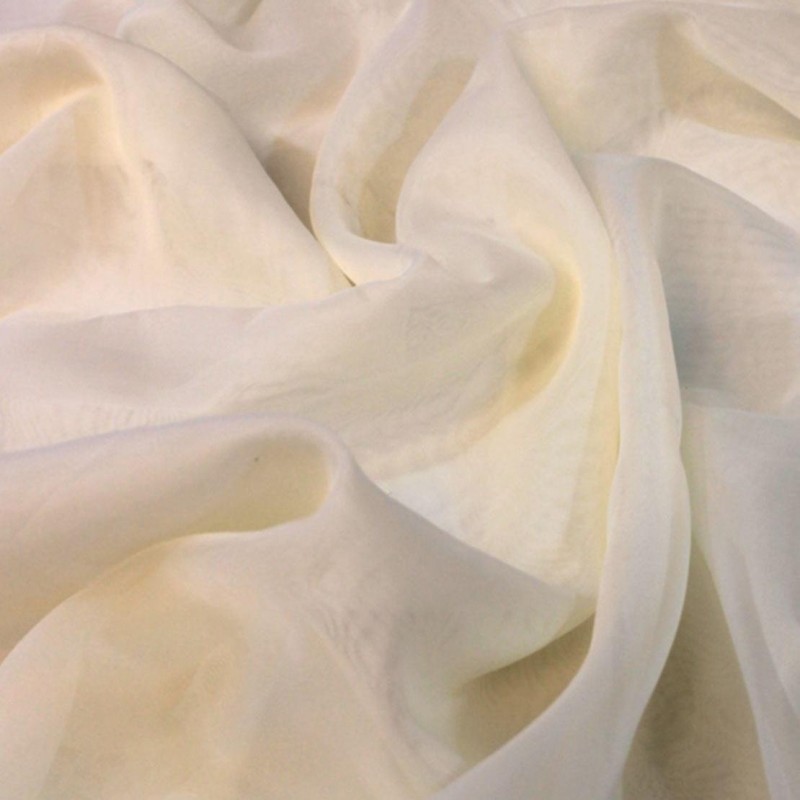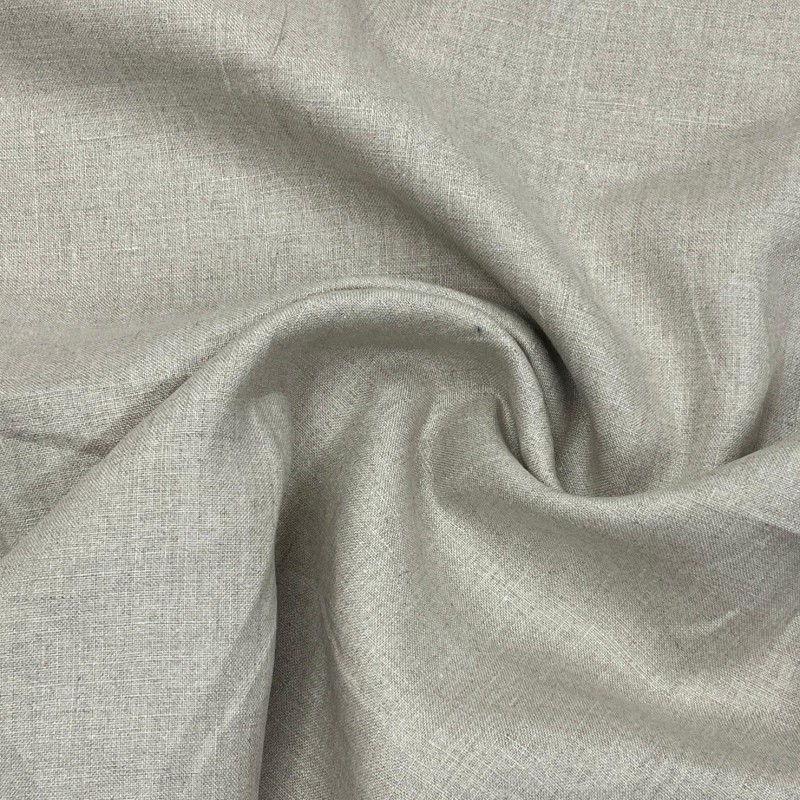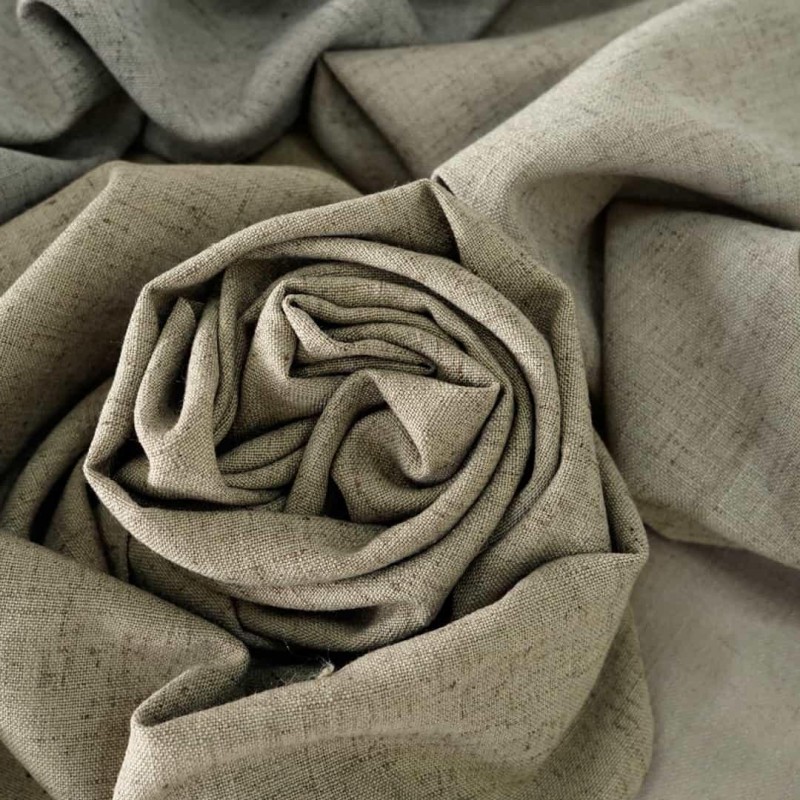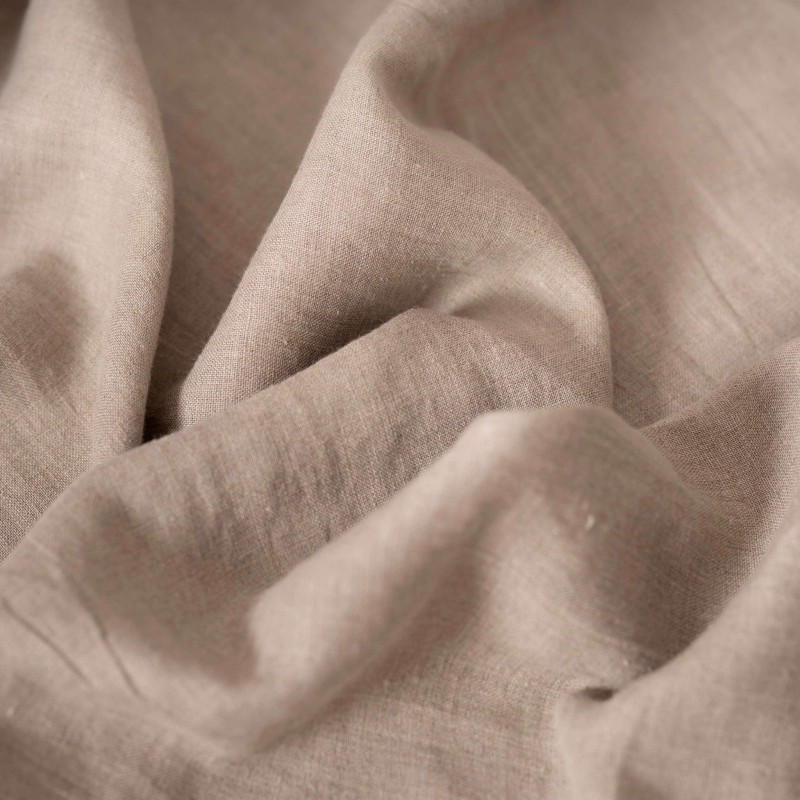Waterproof fabrics have become essential materials in various applications, from outdoor gear to home furnishings. Their ability to repel water makes them invaluable for anyone who enjoys outdoor activities or needs protection from the elements. Whether you’re a hiker braving the rain, a sailor navigating choppy waters, or looking to keep your furniture dry in an unpredictable climate, understanding waterproof fabrics can help you make informed choices when selecting clothing or gear. These specialized materials are not only functional; they also come in various styles and designs to suit diverse needs and preferences. Venturing into the realm of waterproof fabrics, this article will explore their types, how they are made, their applications, maintenance tips, and the technology behind this remarkable innovation. By the end of this article, you will be well-equipped with the knowledge needed to evaluate and choose the right waterproof fabric for your needs.
Understanding Waterproof Fabrics: What Are They?
Waterproof fabrics are textiles designed to prevent water from penetrating their surface, keeping users dry and comfortable in wet conditions. These fabrics are created through various methods and utilize different technologies to achieve their waterproof qualities.
- Hydrophobic Materials: At the core of waterproof fabric are hydrophobic materials that resist water absorption. For instance, synthetic fibers like polyester and nylon are often employed due to their natural resistance to moisture.
- Laminated Layers: Many waterproof fabric feature laminated or coated layers that create a barrier against water. This process often involves applying a waterproof membrane between fabric layers, which effectively blocks water while maintaining breathability.
- DWR Coating: Durable Water Repellent (DWR) treatments are commonly used on waterproof fabric. This coating helps to create a beading effect on the fabric surface, allowing water to run off instead of soaking in.
Understanding these elements is vital for recognizing the different types of waterproof fabric and their respective applications.
Types of Waterproof Fabrics
Waterproof fabrics come in various types, each suited for specific applications and user needs. Here are some common types of waterproof fabric you might encounter:
- Gore-Tex®: Renowned for its excellent waterproof and breathable qualities, Gore-Tex® is a high-performance membrane frequently used in outdoor clothing and equipment. Its microporous structure allows sweat vapor to escape while blocking water molecules, making it ideal for hiking and skiing gear.
- Nylon and Polyester Coated Fabrics: These fabrics are treated with a waterproof coating, typically a polyurethane or PVC layer. They are commonly used in rain jackets, tarps, and bags due to their affordability and effectiveness.
- Ripstop Fabric: This fabric features a grid-like weave pattern that enhances durability, reducing the likelihood of tears. Ripstop nylon or polyester can be treated to be waterproof, making it suitable for outdoor gear, tents, and military applications.
- Neoprene: Known for its elasticity and insulation properties, neoprene is often used in wetsuits and water sports gear. While it protects against water, it also offers thermal insulation, making it a great choice for cooler environments.
- Canvas: Although traditionally not waterproof, canvas can be treated or coated with water-resistant materials. Canvas is often used in bags, tents, and tarps due to its sturdiness and versatility.
- Softshell and Hardshell Fabrics: Softshell fabrics provide a balance between comfort and water resistance, making them suitable for active pursuits. Hardshell fabrics, on the other hand, are designed for extreme waterproofing and durability, commonly used in high-performance outdoor jackets.
Familiarity with the various types of waterproof fabrics allows individuals to choose the best option based on their specific needs and activities.
Applications of Waterproof Fabrics
The versatility of waterproof fabric means they are employed in a wide array of industries and applications. Here are some notable areas where waterproof fabric are utilized:
- Outdoor Gear: From jackets to tents to backpacks, waterproof fabric are essential in outdoor gear, protecting users from rain, snow, and other elements. These items are imperative for hikers, campers, and anyone who enjoys outdoor activities.
- Sports and Recreation: Waterproof fabrics are frequently used in sporting equipment, such as wetsuits for water sports and waterproof gear for athletes engaged in outdoor activities, ensuring that participants remain dry and comfortable.
- Home Furnishings: Waterproof fabrics are increasingly popular in home décor items like cushions, umbrellas, and outdoor furniture covers. These fabrics enhance durability and ease of cleaning, particularly in environments that may experience spills or rain.
- Medical and Protective Gear: In certain medical settings, waterproof fabric are used for protective clothing, ensuring safety for both patients and healthcare workers. Waterproof tarps and coverings are also utilized in disaster relief operations.
- Fashion Industry: The fashion industry has embraced waterproof materials to create stylish outerwear and accessories that are functional yet chic. Designers often integrate waterproof elements into modern designs, making style accessible in all weather conditions.
Every industry thrives on waterproof fabric, showcasing their importance in daily life.

Benefits of Waterproof Fabrics
Utilizing waterproof fabrics brings numerous benefits to the end-user, enhancing comfort, safety, and enjoyment in various situations:
- Protection from Moisture: The primary benefit of waterproof fabrics is their ability to prevent water from penetrating through to the skin. This feature keeps users dry during rainy weather, leading to enhanced comfort and warmth.
- Durability: Most waterproof fabrics are designed to be more durable than standard fabrics. Their resistance to water damage means they can better withstand the rigors of outdoor activities without compromising performance.
- Breathability: Many modern waterproof fabrics incorporate breathability features, allowing moisture vapor from sweat to escape. This function helps regulate body temperature, keeping users comfortable even during intense physical activities.
- Versatility: Waterproof fabrics can be used in diverse applications, ranging from casual wear to high-performance outdoor gear. This versatility means that they can cater to a variety of lifestyles and needs.
- Easy Maintenance: Waterproof fabrics are generally easy to clean and maintain, making them practical choices for performance apparel and outdoor gear. Stains and dirt can often be wiped off without much effort.
By understanding these benefits, individuals can appreciate the value of investing in clothing and gear made from waterproof fabric.
How to Choose the Right Waterproof Fabric for Your Needs
When selecting waterproof fabrics, certain factors can help ensure you choose the best material for your specific activities. Here’s what to consider:
- Activity Type: Assess the primary activities you’ll be engaging in. For high-intensity pursuits, look for breathable waterproof materials, whereas, for casual outings, basic waterproofing may suffice.
- Weather Conditions: Consider the climate in which you will use the fabric. For harsher weather conditions, prioritize fabrics with advanced waterproofing technology and insulation features.
- Fit and Comfort: Ensure that the fit of any waterproof clothing allows for free movement. Fabrics that are too tight may restrict mobility, while overly loose materials may result in chafing.
- Durability Requirements: Think about how much wear and tear the fabric will endure. If you’ll be using the waterproof fabric in rugged conditions, opt for tough and long-lasting materials.
- Breathability Needs: Depending on the activity level, you’ll want to consider breathability. Fabrics with moisture-wicking properties will help keep you dry, especially if engaging in high-energy activities.
Taking the time to consider these factors will lead to more informed decisions when selecting waterproof fabrics tailored to your lifestyle.
Caring for Waterproof Fabrics
Proper care and maintenance are essential for preserving the functionality and longevity of waterproof fabrics. Here are some best practices to keep in mind:
- Read Care Labels: Always refer to the manufacturer’s care instructions to ensure you’re following proper washing, drying, and storing procedures.
- Use Gentle Detergents: Opt for mild detergents that do not contain harsh chemicals, as these can degrade the waterproofing treatments applied to the fabric.
- Avoid Fabric Softener: Fabric softeners can interfere with the waterproof properties of the material, so it’s advisable to skip them when laundering waterproof fabrics.
- Reapply Waterproofing Treatments: Over time, the waterproof coating on fabrics may wear off. Investing in a spray-on waterproofing treatment can restore the efficacy of your waterproof gear.
- Store Properly: When not in use, store waterproof items in a cool, dry place to prevent mold and mildew build-up. Ensure they are completely dry before storage.
By following these care tips, users can extend the lifespan of their waterproof fabrics and maintain their performance.
Popular Brands Offering Waterproof Fabrics
The market for waterproof fabrics is vast, with numerous brands recognized for their quality and innovation. Here are some popular brands that specialize in waterproof products:
- The North Face: Renowned for outdoor gear, The North Face produces a range of waterproof jackets and pants using advanced technologies such as Gore-Tex® and DryVent™.
- Patagonia: Known for its commitment to sustainability, Patagonia offers a variety of waterproof options built to withstand the elements without sacrificing environmental responsibility.
- Columbia: Columbia is a popular choice for outdoor enthusiasts, featuring a diverse range of waterproof clothing and accessories designed for varying weather conditions.
- Arc’teryx: This brand is recognized for its high performance and quality. Arc’teryx waterproof clothing often incorporates innovative designs and materials suited for extreme conditions.
- REI Co-op: REI offers a selection of waterproof fabrics under its private label, focusing on functionality and affordability for the avid adventurer.
These brands are just a few examples of those excelling in the waterproof fabric space, each offering unique products tailored to different needs.

Conclusion
Waterproof fabrics represent a remarkable convergence of technology, function, and style. With their ability to protect users from rain and moisture while remaining comfortable and breathable, these innovative materials are indispensable across various industries, from outdoor gear to casual apparel.
Understanding the types, benefits, and proper care of waterproof fabrics can significantly enhance one’s experience with outdoor activities and daily life. By choosing the right fabric to meet individual needs and preferences, users can enjoy an unparalleled level of comfort and protection in wet conditions.
Whether you’re hiking through a rain-soaked forest, camping under the stars, or simply enjoying a casual day out in unpredictable weather, embracing waterproof fabrics can lead to worry-free adventures. As you navigate your own journeys, knowing the ins and outs of waterproof fabrics will empower you to make informed choices throughout your pursuits.

